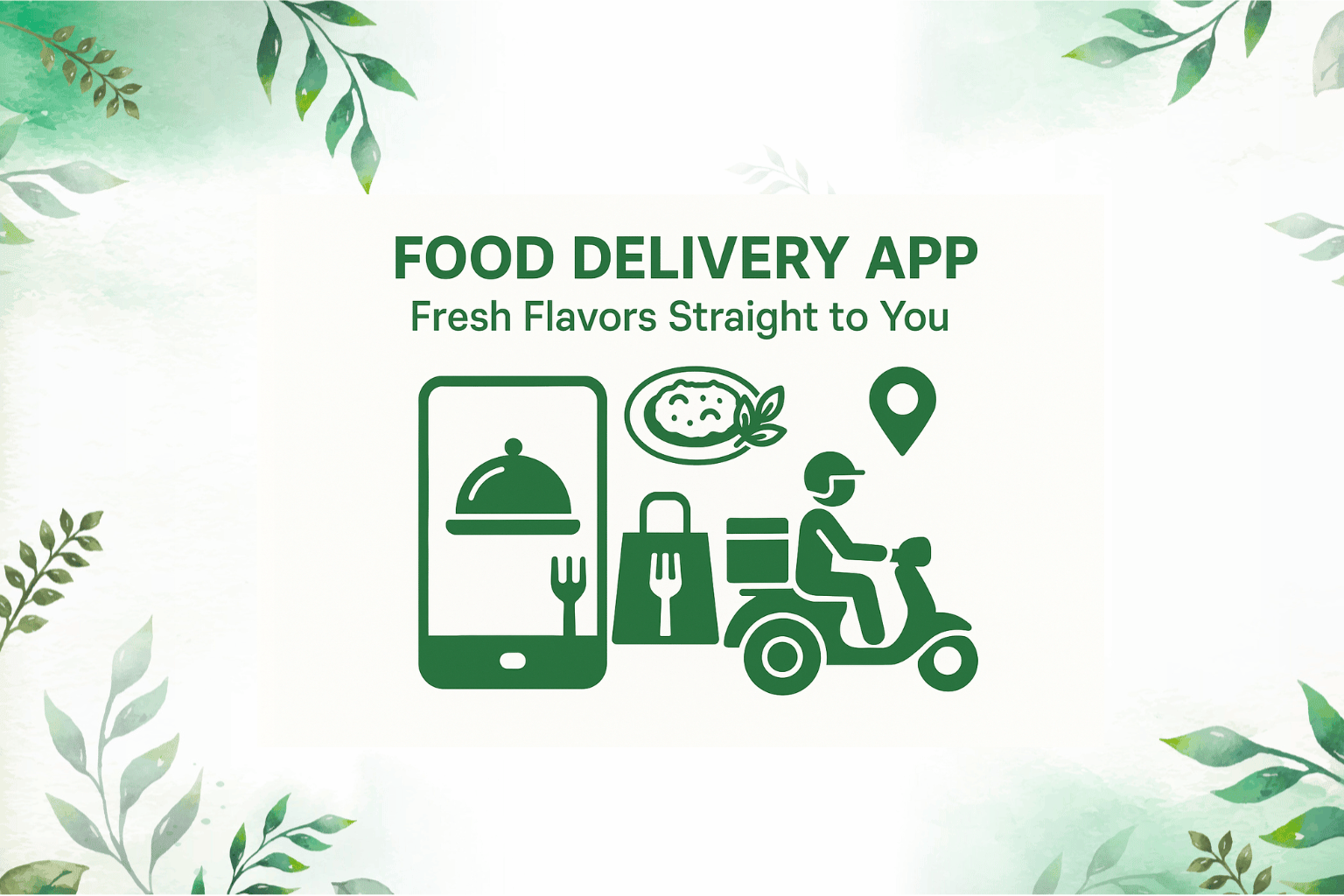
Food Delivery App: Bringing Restaurants to home
Food Delivery App: Fresh Flavors Straight to You
The food delivery app scene is changing quickly with a variety of free apps driving the industry and serving customers on their home fronts such as military base food delivery app and stadium food delivery app while most people can access diverse flavours no matter where they are. The best food delivery app is the most affordable one Users are always on the lookout for the cheapest food delivery app – alongside being convenient, which is pushing boundaries in food delivery app development to achieve cost-effectiveness.
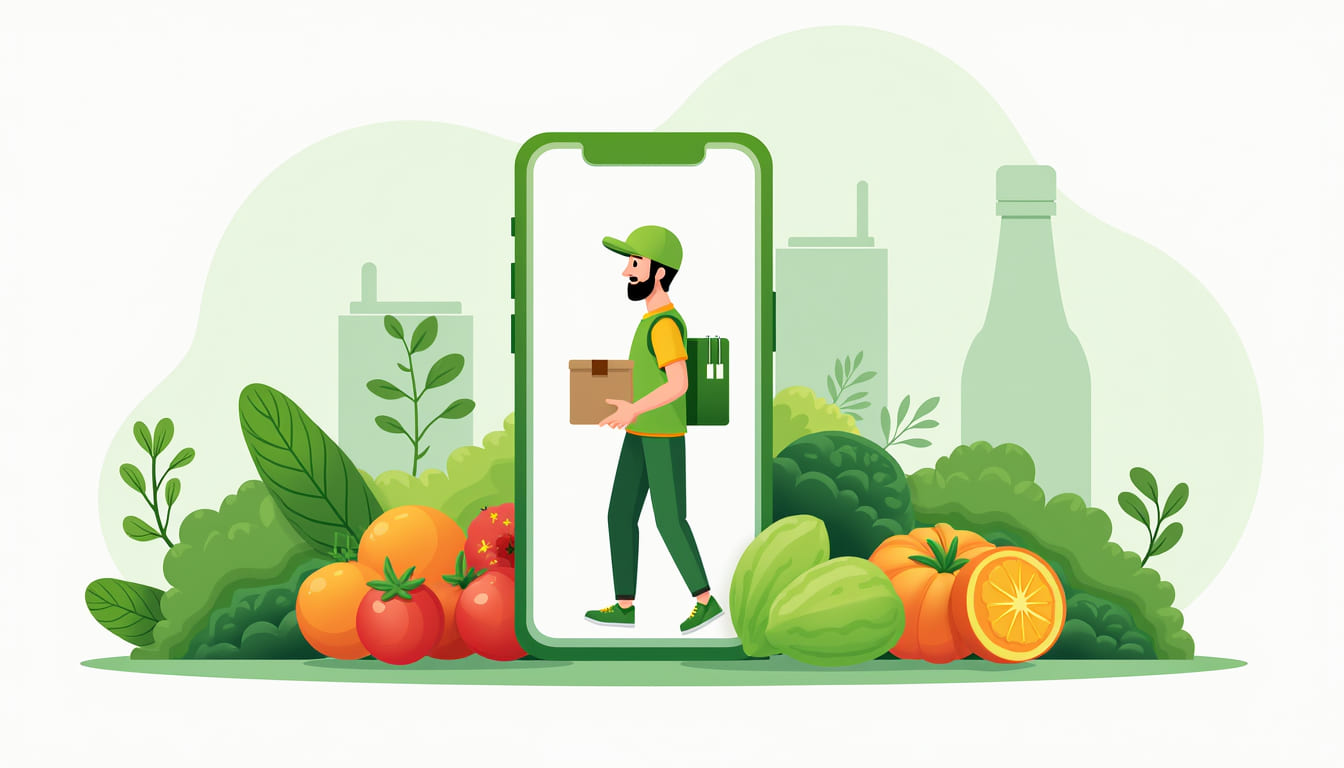
Whether as an entrepreneur who wants to create food delivery app platforms, or, as a restaurant owner who is utilizing the very best delivery food app to increase customer reach - technology enjoys a lot of opportunities. Early food delivery apps were built by pioneers who paved the way for today’s integrated models, where apps for food delivery drivers help to optimize and where real-time information is updated instantly. It can help to make special features or modify something for specific user needs or branding, as well as a serve model. The influx of hyperlocal services powered up by create food delivery app framework is just a testimony on how digital transformation intersects with consumer’s needs. These applications will offer users curated menus, quick delivery, and a variety of payment options regardless of what they are ordering, making them the epitome of convenience and quality.
From food startups to established enterprises, adopting technology in a food delivery app makes businesses capture market share and attract repeat customers. It is through the combination of AI, friendly interfaces and logistics management that the best delivery food app ecosystems run on, making life easier for customers and drivers. In the end, resistance to change is futile, and how advancements like a military base food delivery app or for large scale environments such as stadiums demonstrate individualized apps have rightfully responded to a very specific logistical problem while still bringing delicious tastes to your door.
1. Latest Trends Shaping Food Delivery Apps in 2026
Food delivery applications are developing fast with trends shaping their future. Food delivery apps like Swiss Yum are using AI for Route Optimization to minimize the time taken during a delivery. Specialist services, such as airport food delivery app are popping up to serve travelers who simply need a quick meal on the go. Delivery applications for drivers Realtime tracking and order management allows easy dispatch. integration features with food delivery application for drives makes receiving the requests easier. Together, these innovations improve the ordering experience, lower wait times and expand coverage areas – making these apps a must-have for anyone in fast delivery food chain of 2026.
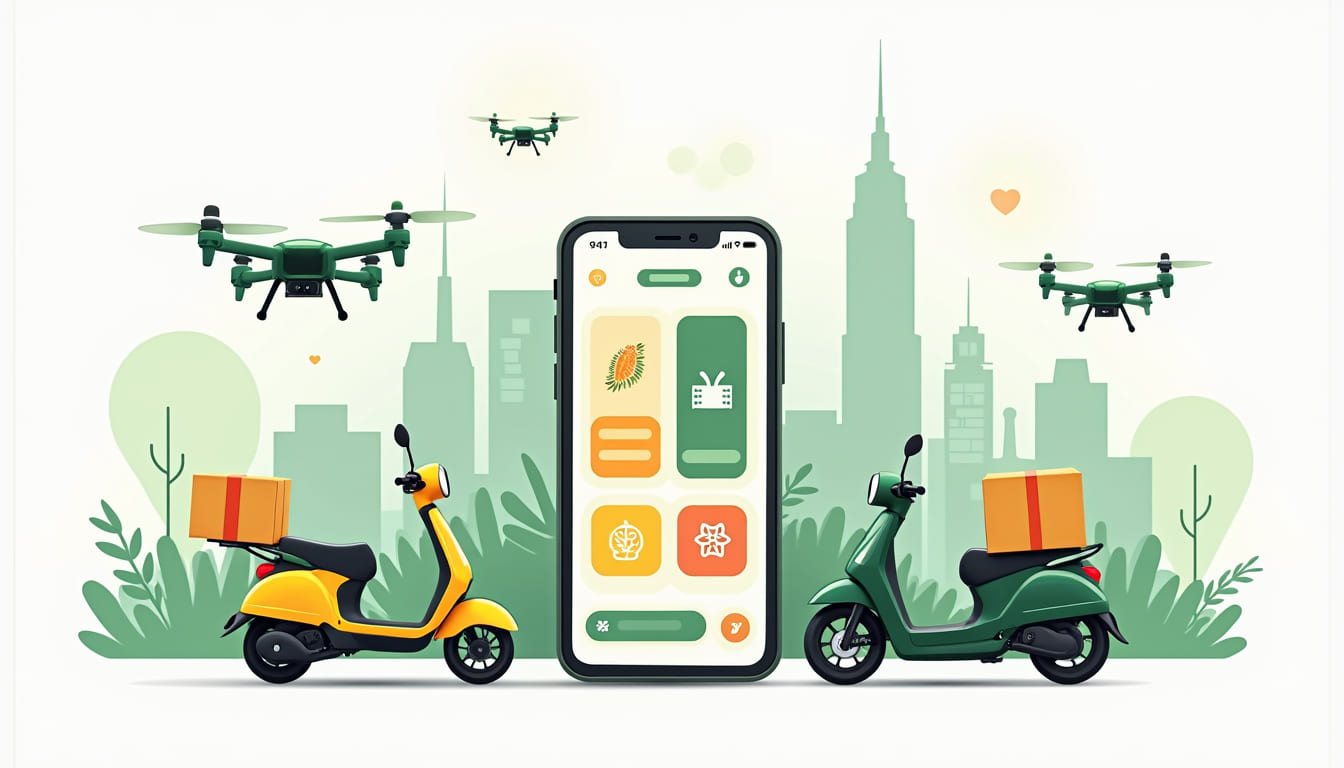
- Path optimization The AI-powered path can be applied to deliver reduction in the delivery time and also on fuel consumption.
- Indeed, transparency is even being increased for customers and drivers by real-time tracking.
- Specialized apps including airport delivery cater to travelers on the go.
- Offers voice commands for hands-free ordering.
- Contactless payments are gaining popularity for safety.
- Augmented reality previews aid customers in selecting meals visually.
- Personalized meal advice via health data integration.
- Cloud kitchens and micro-hubs accelerate prep and delivery.
- This dynamic price reflects supply and demand conditions at the point of delivery.
2. How Artificial Intelligence is Revolutionizing Food Delivery Apps
AI changes the game of a delivery food app with customized services, better routes for delivery along with efficient ways of managing the orders. Companies looking to have their catering delivery app benefit from AI use algorithms to suggest the most popular foods and increase interaction with personalized offers. The best food delivery app of tomorrow weaves AI into the mix to streamline driver dispatch, predict demand and limit food waste. This capability improves the customer experience and operational efficiency, creating smarter apps that learn and understand from changing contexts.
- Curated meal options based on order history and preferences.
- AI chatbots offer on-the-spot customer support and help with ordering.
- Delivery routes are optimized by real-time traffic to ensure speed and freshness.
- Because demand forecasting allows restaurants to better manage inventory and staff.
- Rules of dynamic pricing, or price linkages, react to changes in the demand.
- Fraud detection helps to prevent payment and order fraud.
- Voice ordering integrations improve accessibility.
- Orders are automatically distributed to the closest available driver.
- 1000 Photo: Thinkstock Advanced analytics based on artificial intelligence follow customer behavior for marketing campaigns.
3. Essential Features for an On-Demand Food Delivery App Development in 2026
Creating a food delivery app platforms in 2026 there some features should not be left behind! Here are the features you shouldn’t ignore: Order tracking on live data, a highly secure payment gateway system, powerful AI recommendations to users based on their previous orders, in-app chatting between eateries, drivers and customers. By hiring experienced food delivery app development solutions, you guarantee adding features that can scale, is secure and has great performance for your customers and to operate the application.
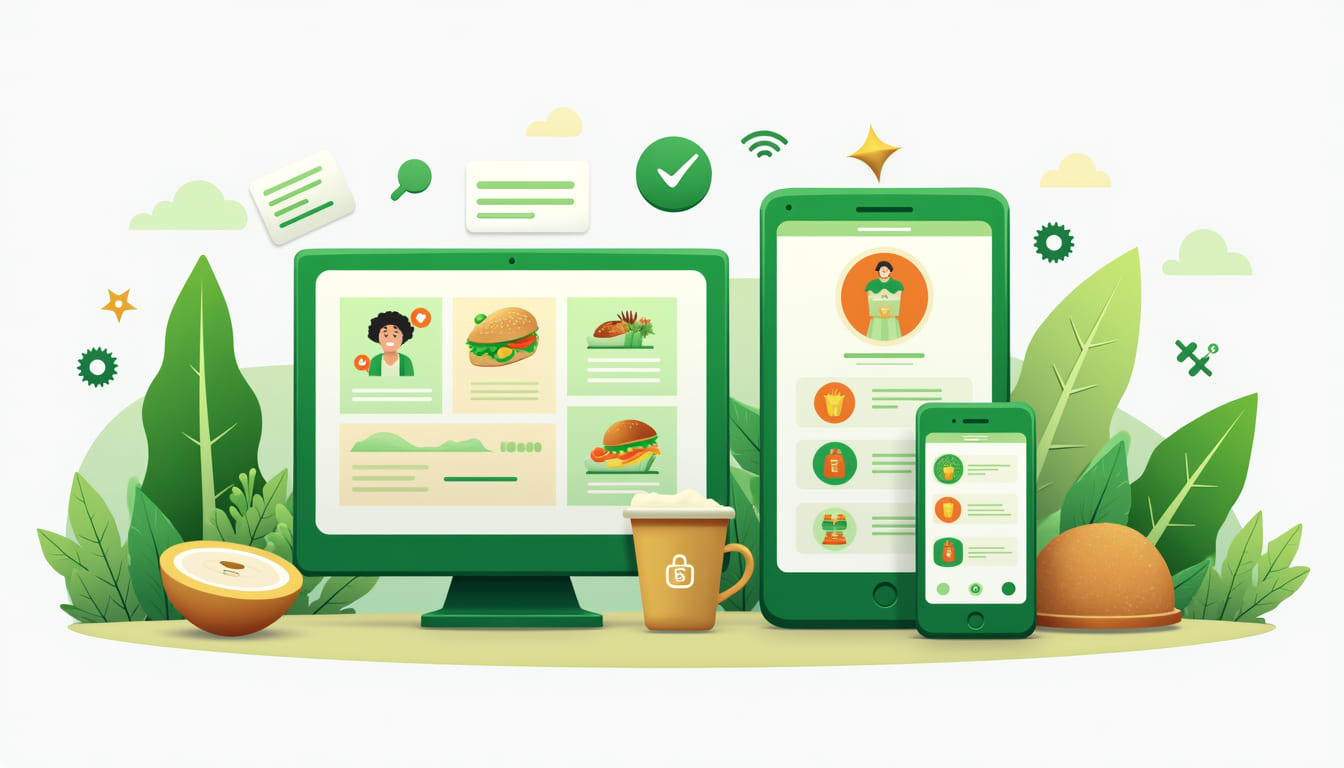
- Live map GPS order tracking.
- Various safe and secure payment methods with wallets and cards.
- AI-based personalized food recommendations.
- Support chat and notification IN APP.
- Voice search and voice ordering options.
- Admin dashboard with real-time analytics.
- Third-party food services and loyalty program integration.
- Dark mode for smooth experience.
- Dozens of Interface Languages Not just for English!
4. How Food Delivery Apps Are Reshaping the Restaurant Industry
The food delivery app boom has transformed the way restaurants operate and interact with customers. Services such as a food delivery app builder enable businesses to own custom platforms of their own, grow their digital footprints without mushrooming infrastructure cost. The homemade meal delivery app category represents consumers increased desire for fresh, organic and healthful options — all delivered via mobile app. These solutions enable restaurants to cater for new audiences, streamline kitchen systems and harness customer insights that drive loyalty and revenue.
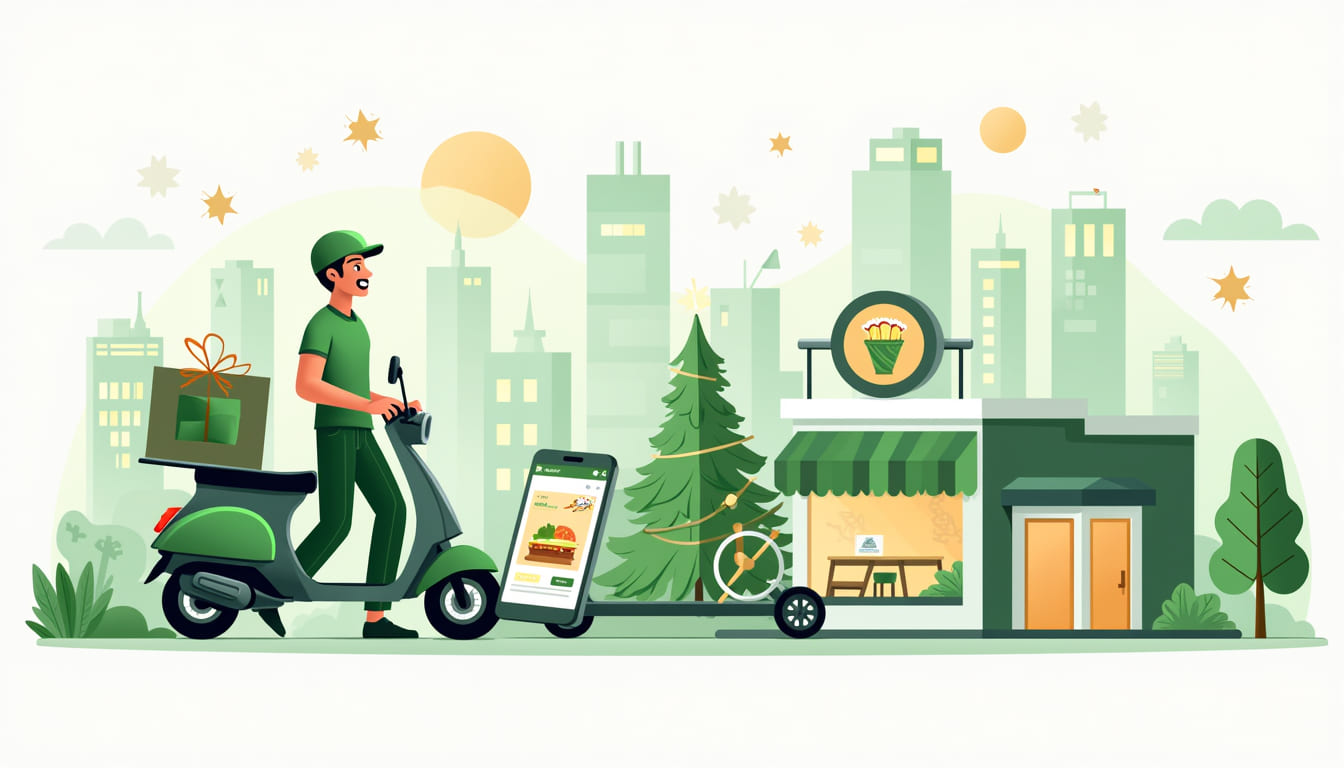
- Allows restaurants to grow business outside of their four walls.
- Food delivery app builders offer customizable platforms at a low cost.
- Whole foods delivery on to go for health conscious consumers.
- Menu customization tailored to customer preferences with the help of data analytics.
- Offers fast, convenient order options that help you avoid contact.
- Facilitates order placement and inventory control.
- Works with delivery logistics for quick service.
- Provides promotional features to keep customers returning.
- Enables multi-channel ordering (in-app, web, third-party).
5. Augmented Reality and Virtual Reality in Food Delivery Apps
Augmented Reality (AR) and Virtual Reality (VR): These are the two technologies transforming the user experience when they use any of the food delivery app platforms. Deciding to create an AR-based app for food delivery will enable consumers to visualize dishes in 3D before ordering, and this is more likely lead to a higher level of satisfaction. VR provides the experience of looking around restaurants and gamified ordering. The top food delivery app development companies are also integrating these in their apps to stand out in the market, run interactive marketing campaigns and help out drivers with AR overlays to make the food delivery process a bit faster.
- AR menus permit patrons to look at 3D renders of dishes.
- Virtual reality does virtual tours of restaurants and kitchens.
- Engaging interfaces for meal ordering makes ordering meals more interesting.
- AR nav assists delivery drivers with real-time route optimization.
- Gamified journeys increase customer engagement and brand attachment.
- Driver training on VR improves delivery efficiency and customer service.
- Interactive promotions and discounts AR campaigns allow that.
- Earns the trust of your customers through open food visualization.
- Distinguishes itself in a crowded food delivery space.
6. The Future of Food Delivery Apps: Sustainability and Eco-Friendly Packaging
Sustainability is taking a leading position of the most popular food delivery apps platforms and the biggest paid for food delivery app services. By incorporating green packaging choices and encouraging environmentally friendly means of delivery, responsibility for our planet is supported. Intelligent routing dramatically lowers carbon sports and local suppliers often lead to fewer emissions overall. Because it has a single click carbon offset, the eco-minded customers take opportunity of that and order more often from you, reducing your ecological footprint.
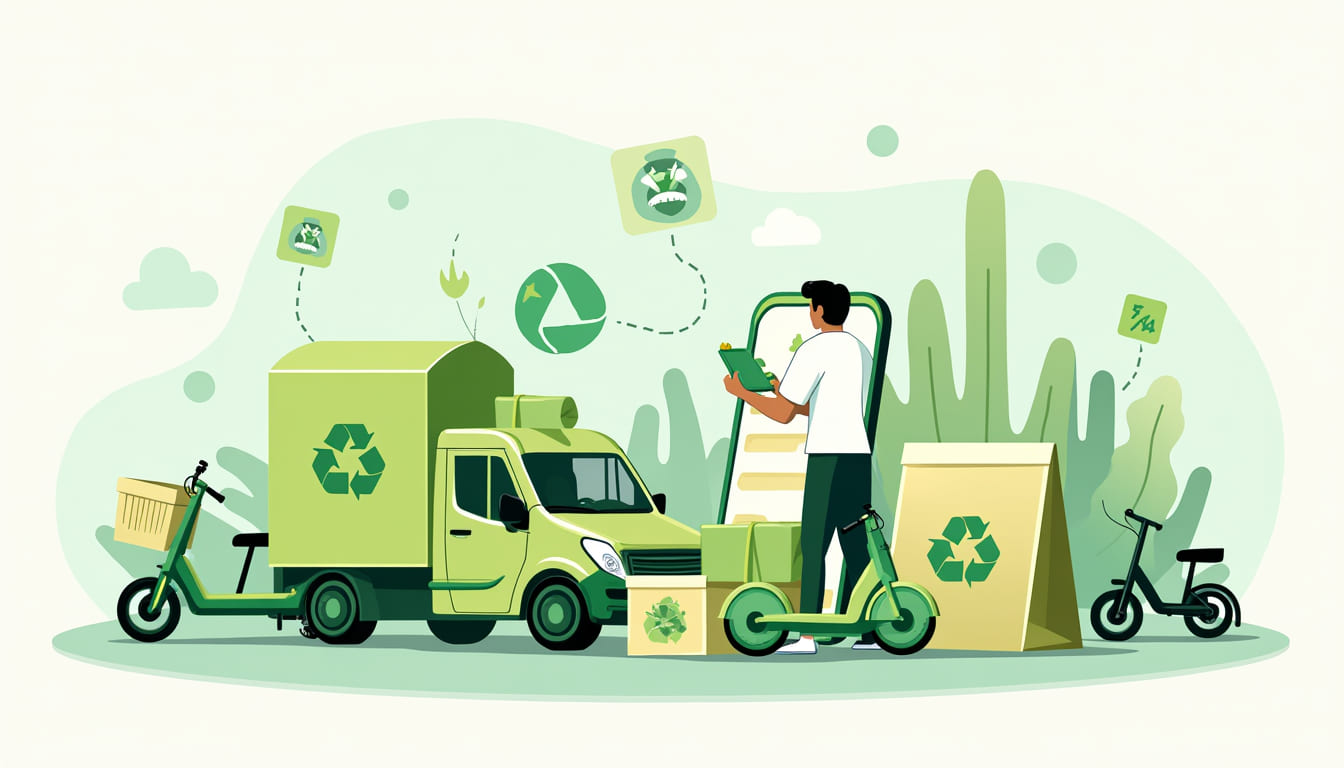
- Use of bio-degradable and re-cyclable packing materials.
- Incentives for eco-friendly delivery vehicles such as e-bikes and EVs.
- Use AI for optimizing routes to minimize fuel usage.
- Collaborations with local farmers and suppliers to reduce emissions.
- Recycling and composting programs that dovetail with the app.
- Carbon offset offers for customers during checkout.
- In-app UI for education on sustainable practices.
- Green delivery banners to enhance brand trust.
- Less wasted food thanks to AI that predicts just enough.
7. Food Delivery App in Today’s Competitive Market – Challenges and Solutions
In a cutthroat business like the online food ordering and delivery business, food app builders face the extreme competition in-house integration challenges that need custom-made food delivery app development to stand out from the rest of the various kind of food delivery apps. Challenges range from peak demand handling, to real-time tracking and smooth customer service. Solutions include automatic dispatch systems and route optimization with AI, as well as centralized multi-channel management dashboards. Tailored solutions Solutions are designed and created according to the users' needs, resulting in unique features which reinforce competitive advantages.
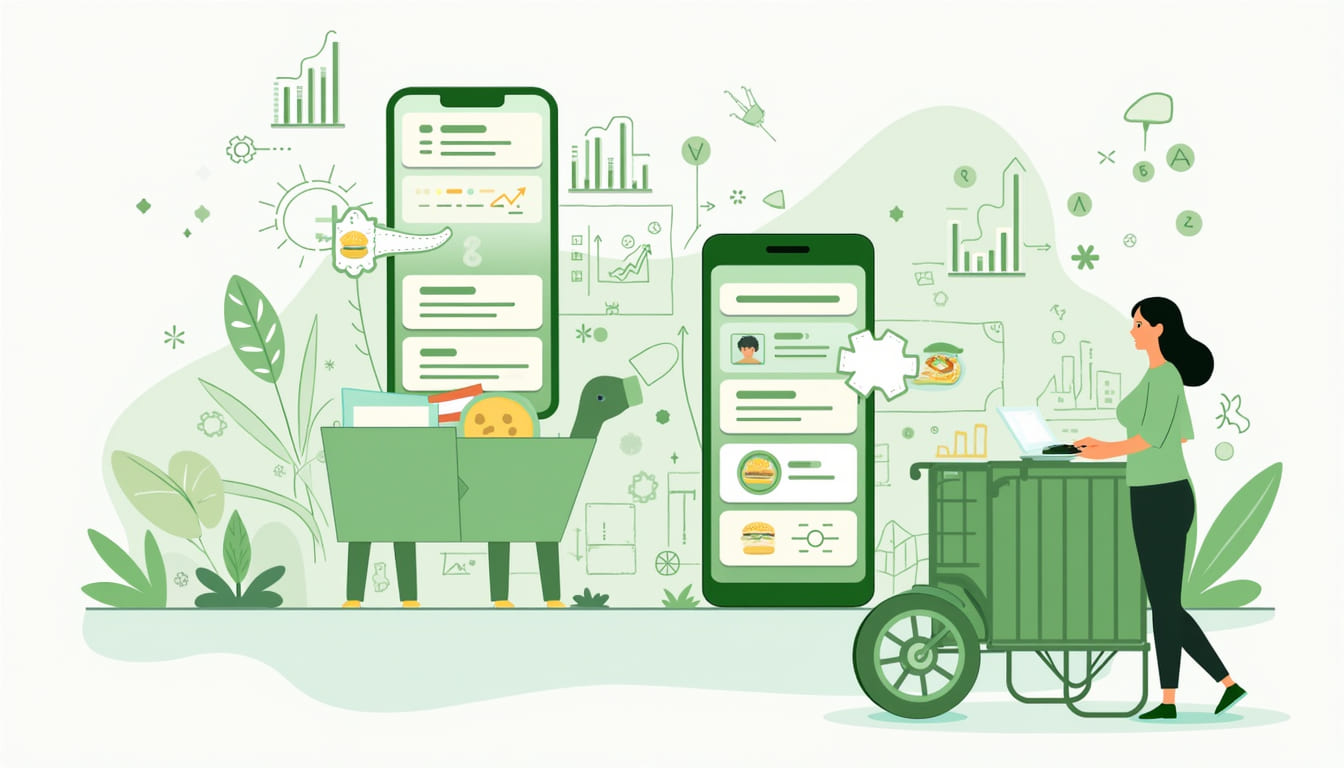
- Challenge: Managing the highest volume of orders with no downtimes.
- Solution: Order distribution and driver assignment by algorithm.
- Challenge: Frustration due to lack of live recording tracking.
- Solution: In-app live order and driver tracking through GPS enabled technology.
- Challenge: Not easy to work with 3rd party payment gateways.
- Solution: Offer several secure options for payment, such as digital wallets.
- Challenge: Standing out from the legion of similar apps.
- Solution:Create your own functionalities/Personalization for the end user.
- Issue: Ensuring food quality during delivery.
- Answer: Team up with better suppliers and make deliveries faster.
- Challenge: Managing customer inquiries efficiently.
- Solution: Chatbots within the app and 24/7 customer service.
- Challenge: Data security concerns.
- Solution: Strong encryption and adherence to privacy guidelines.
- Challenge: Disputing commission fees with restaurants.
- Solution: Clear policies and adaptable commission structure.
Conclusion
Technology has also driven changes: food delivery apps are changing quickly with improvements in how technology can be used to both improve user experience while streamlining operations. The focus on capabilities such as AI, AR/VR, sustainability solutions, and strong security provides developers with competitive apps that are ready for the future that customers want and regulations demand. Tailor-making and ongoing refinement of developments is still the name of the game in these ever-changing technological industries.